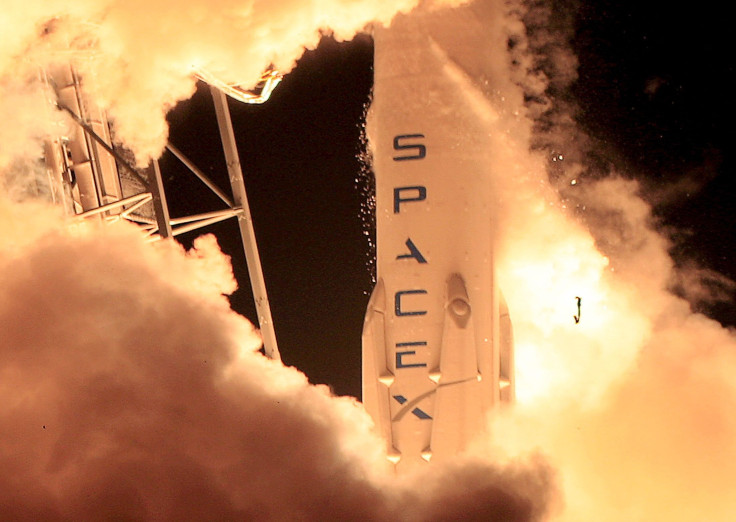SpaceX Moon Mission: NASA ‘Commends’ Elon Musk’s Spaceflight Company For Ambitious Private Moon Venture

NASA on Tuesday “commended” SpaceX over its ambitious mission to send two private citizens on a trip around the moon late next year. The SpaceX mission, announced Monday, is, in many ways, similar to NASA’s Exploration Mission-2 — wherein the space agency will, sometime between 2021 and 2023, fly a crewed Orion capsule by the moon.
“For more than a decade, NASA has invested in private industry to develop capabilities for the American people and seed commercial innovation to advance humanity's future in space,” the space agency said in a statement. "NASA commends its industry partners for reaching higher."
SpaceX could not do this without NASA. Can't express enough appreciation. https://t.co/uQpI60zAV7
— Elon Musk (@elonmusk) February 28, 2017
In order to fulfil its mission, SpaceX plans to use a Crew Dragon capsule — currently being developed as part of NASA’s Commercial Crew Program — that will be launched on board a Falcon Heavy rocket, which, once it take flight, would be the world’s most powerful rocket.
At 5 million pounds of liftoff thrust, Falcon Heavy provides two-thirds the thrust of the 111-metre tall Saturn V rocket used by NASA during its Apollo-era space program.
The names of the two private individuals, who have already paid a “significant deposit” for the mission, have not yet been revealed.
“Like the Apollo astronauts before them, these individuals will travel into space carrying the hopes and dreams of all humankind, driven by the universal human spirit of exploration,” SpaceX said. “We expect to conduct health and fitness tests, as well as begin initial training later this year.”
If the mission is successful, it would vault Elon Musk’s spaceflight company ahead of NASA, which is planning to carry out the first integrated launch of the Space Launch System (SLS) rocket and the Orion spacecraft only in 2019, and the first crewed launch in 2021.
In addition, SpaceX’s success would, as NASA highlighted in its statement, allow the U.S. to launch astronauts from the home soil, ending its dependence on Russia’s Soyuz rockets, which are currently the only means of transport for astronauts to and from the ISS.
Under its current arrangement, NASA has to shell out nearly $80 million for every seat on the Soyuz rocket. In order to end this dependence, NASA has already awarded several contracts to SpaceX and Boeing for crewed flights to the ISS. SpaceX is currently contracted to perform an average of four Crew Dragon missions to the ISS per year, three carrying cargo and one carrying crew.
“We will work closely with SpaceX to ensure it safely meets the contractual obligations to return the launch of astronauts to U.S. soil and continue to successfully deliver supplies to the International Space Station,” NASA said in its statement Tuesday.
© Copyright IBTimes 2024. All rights reserved.












